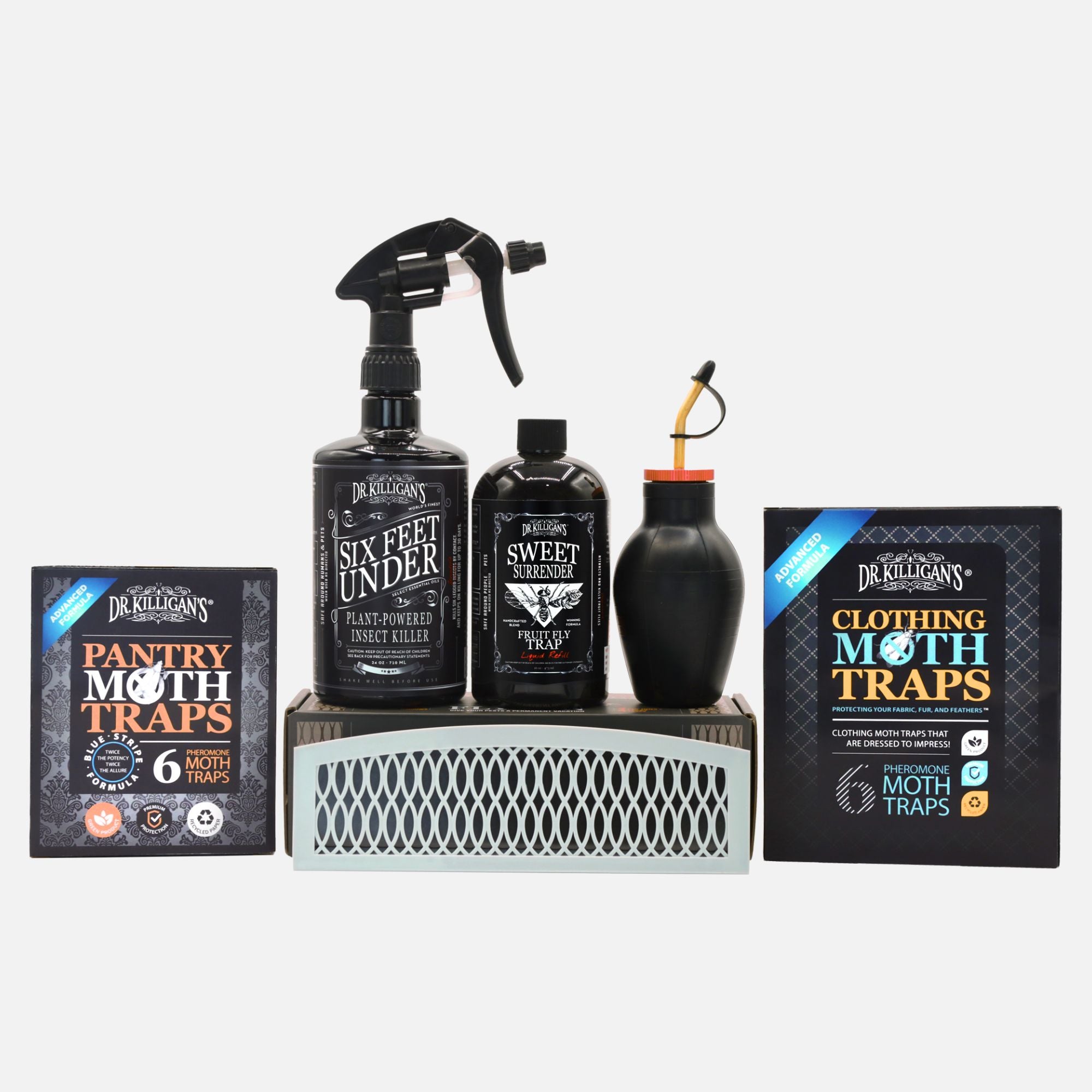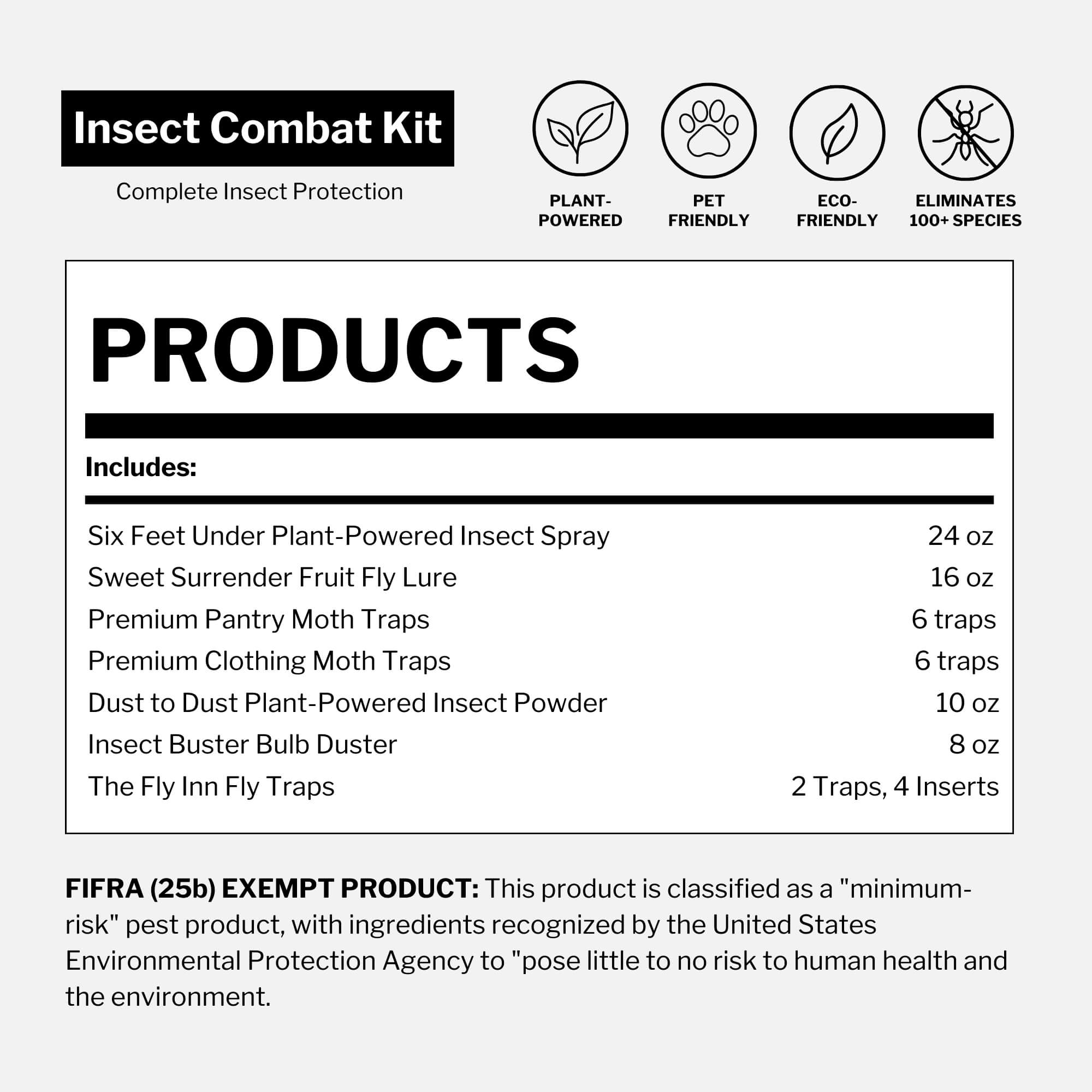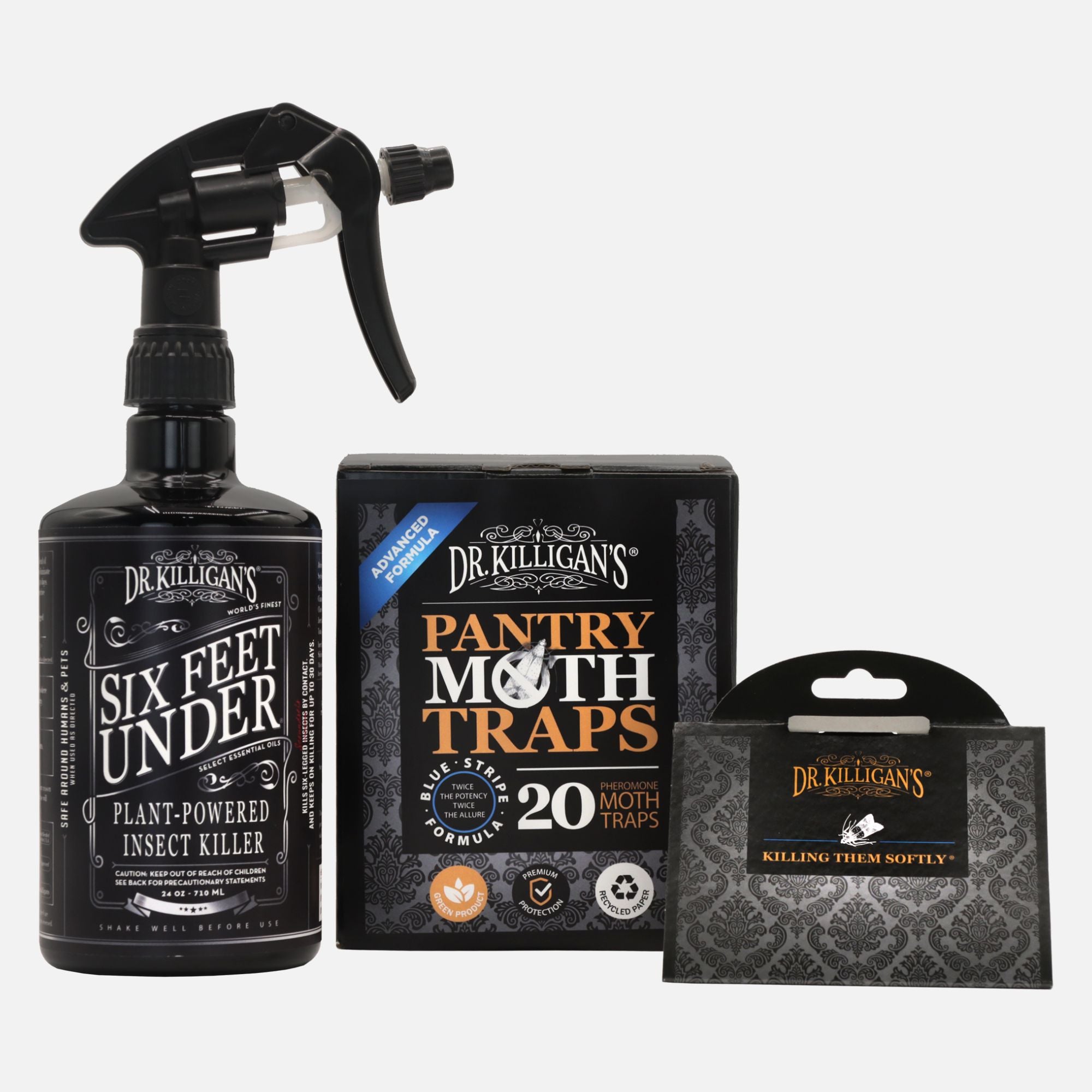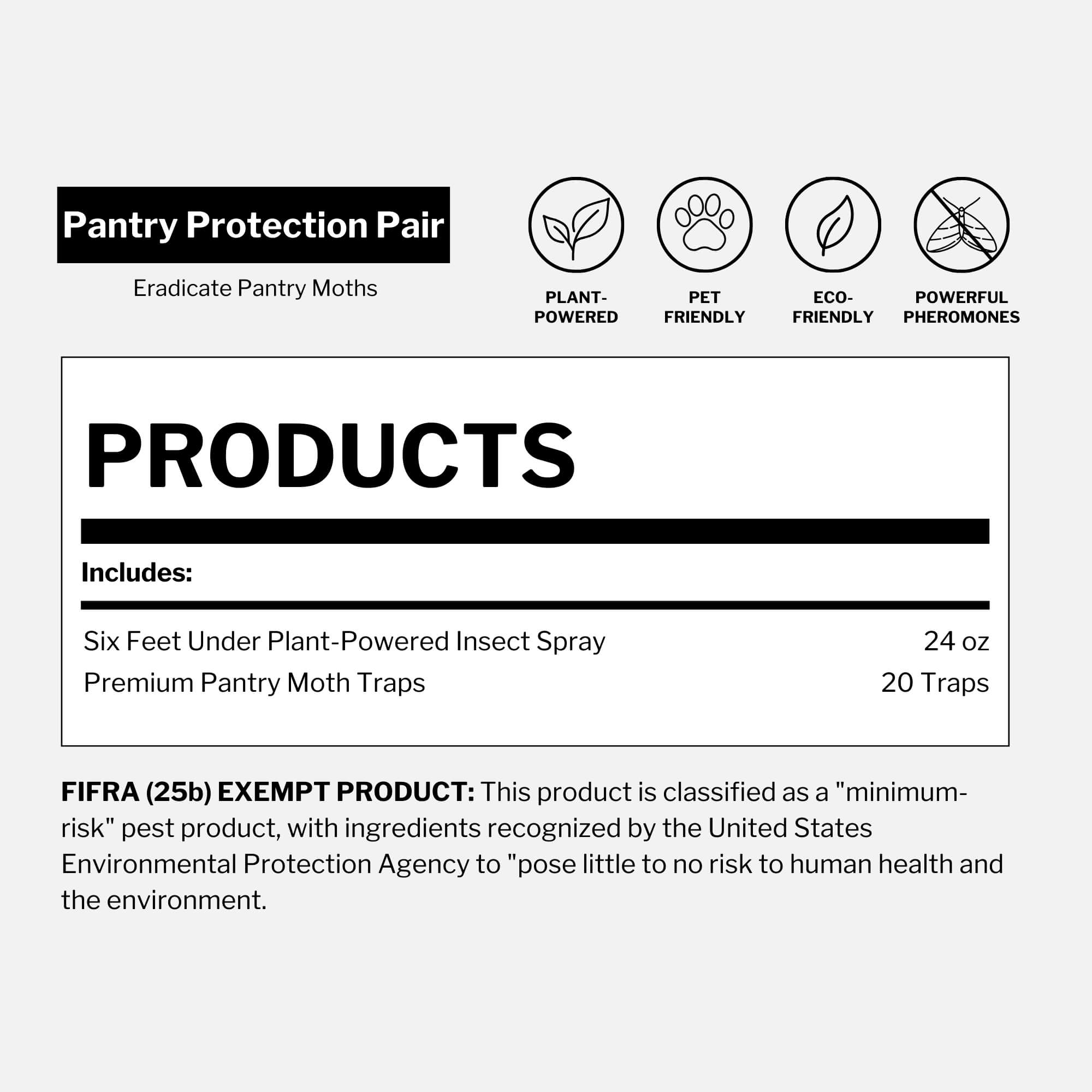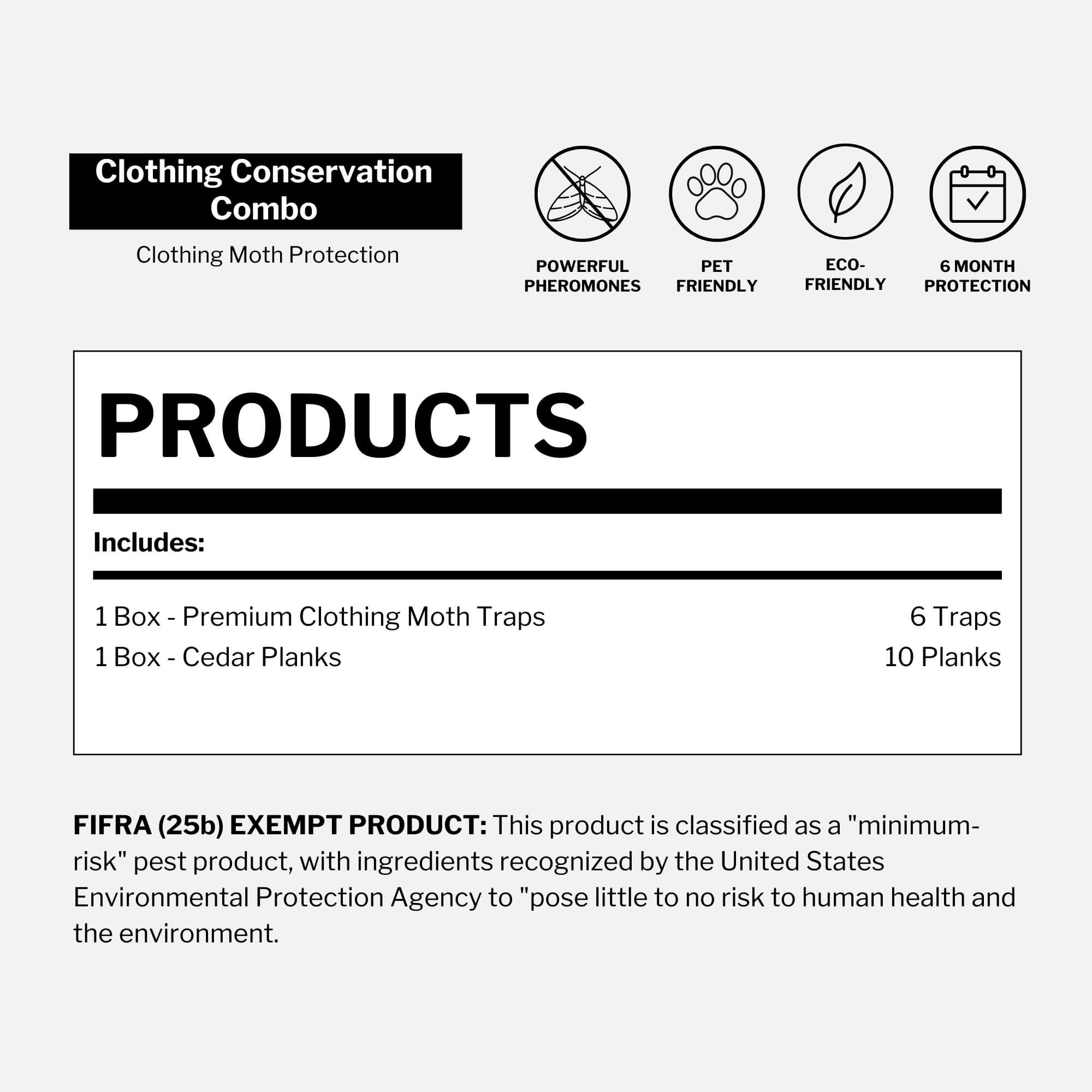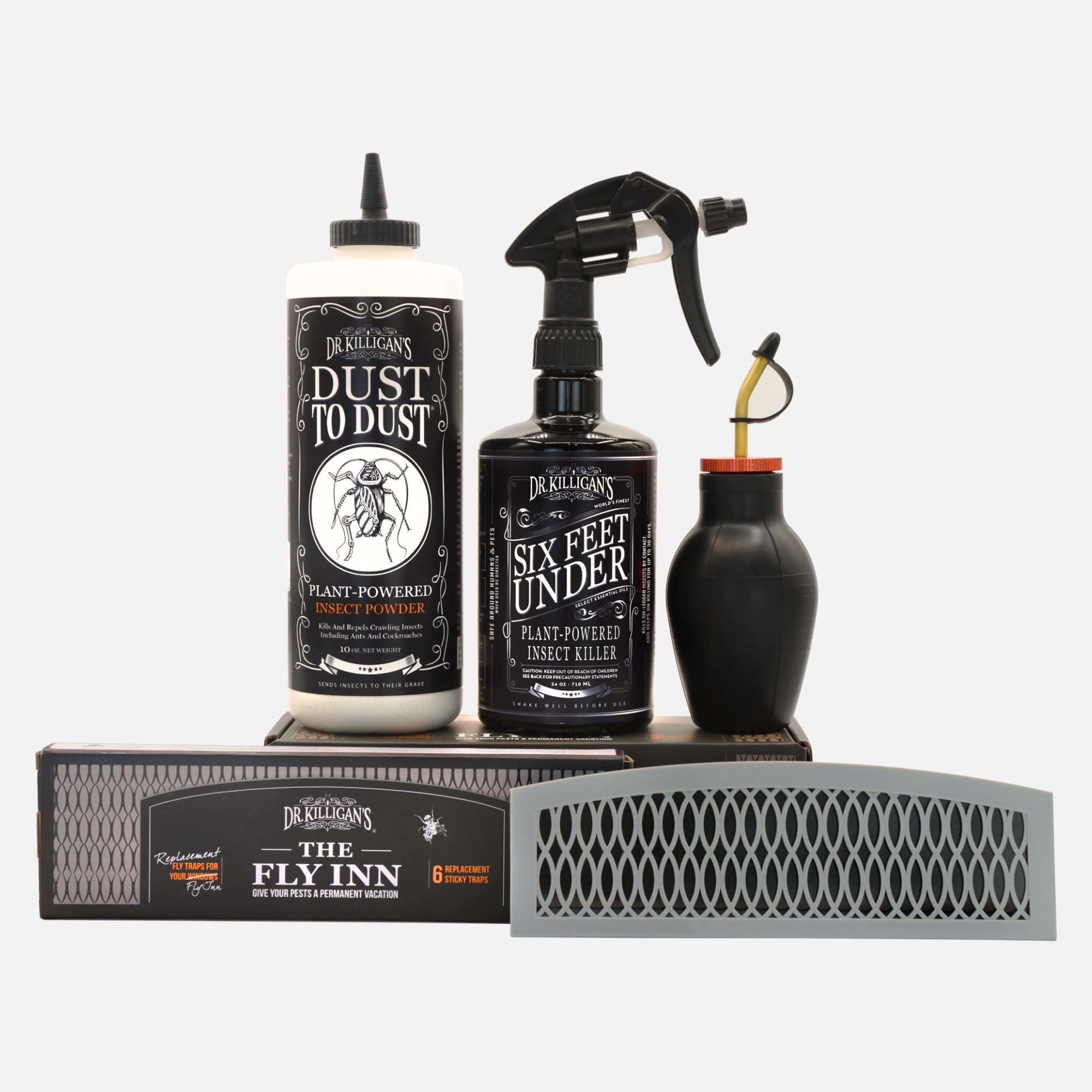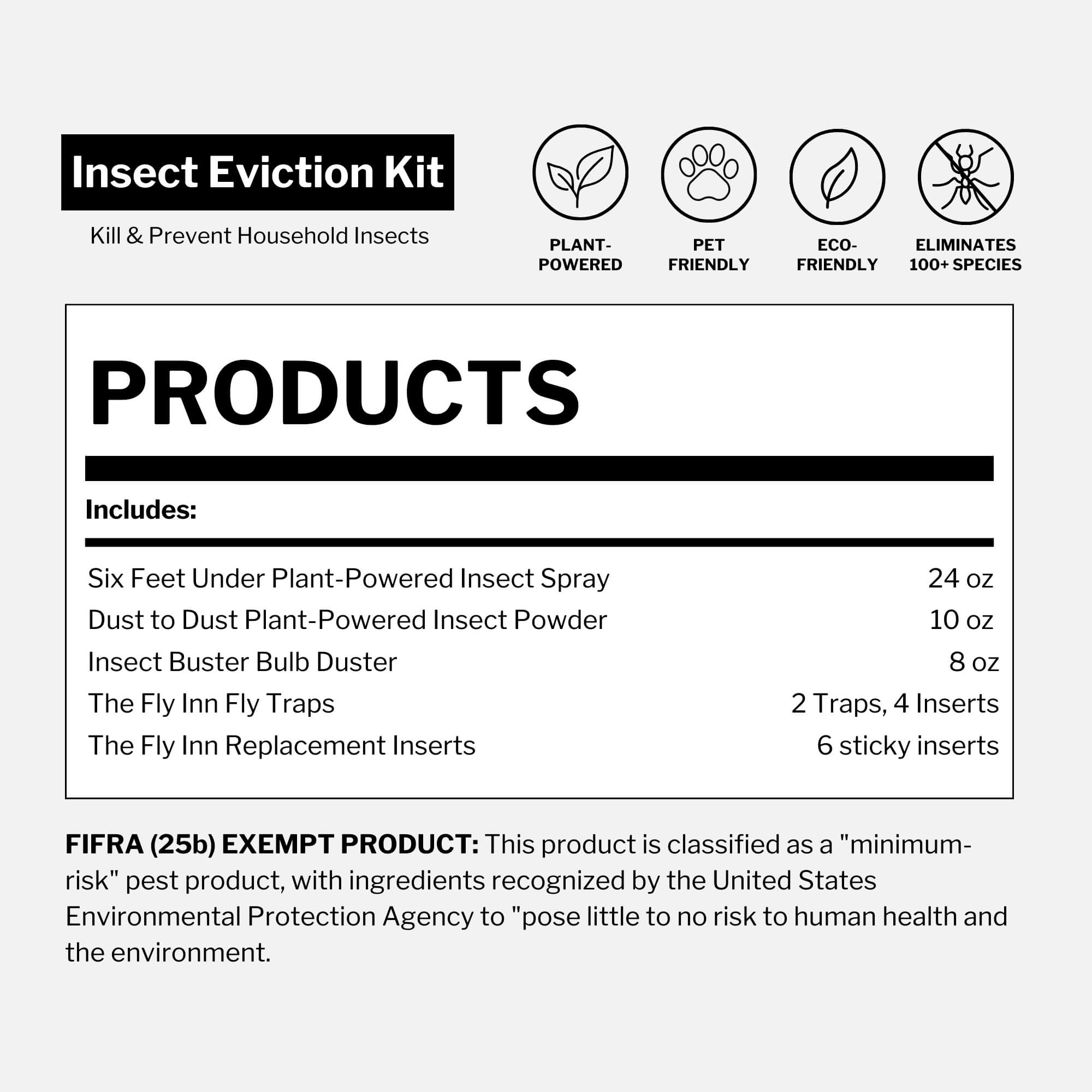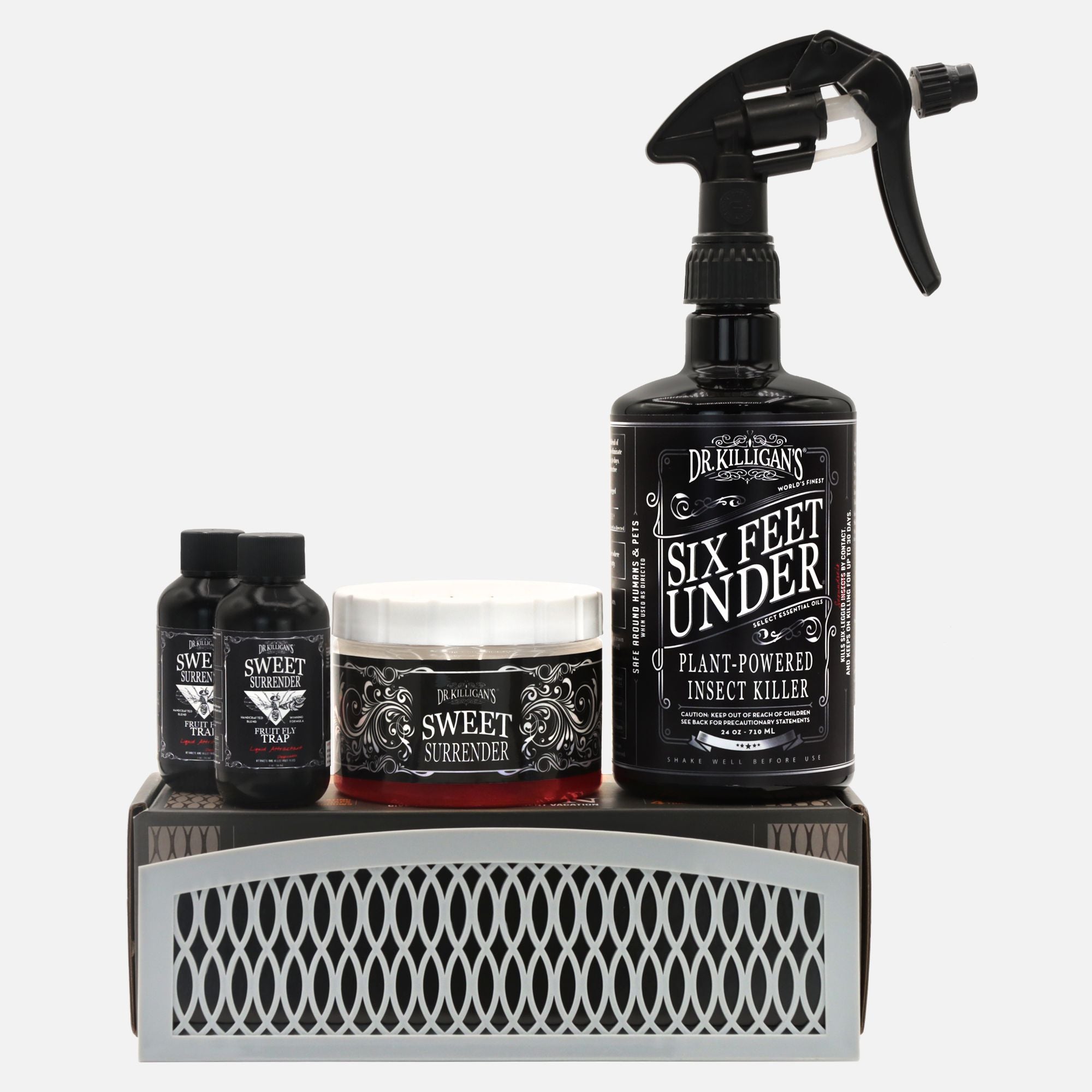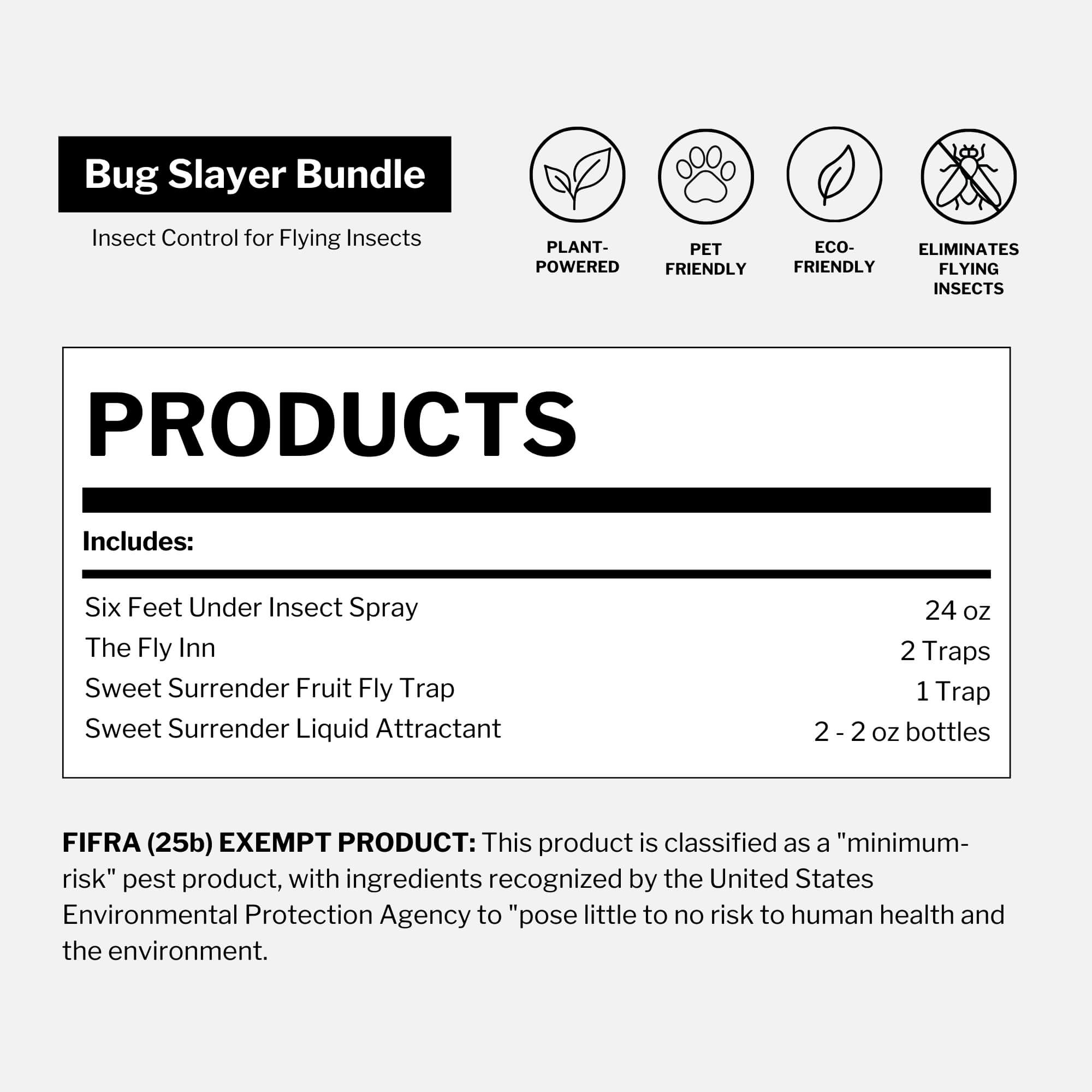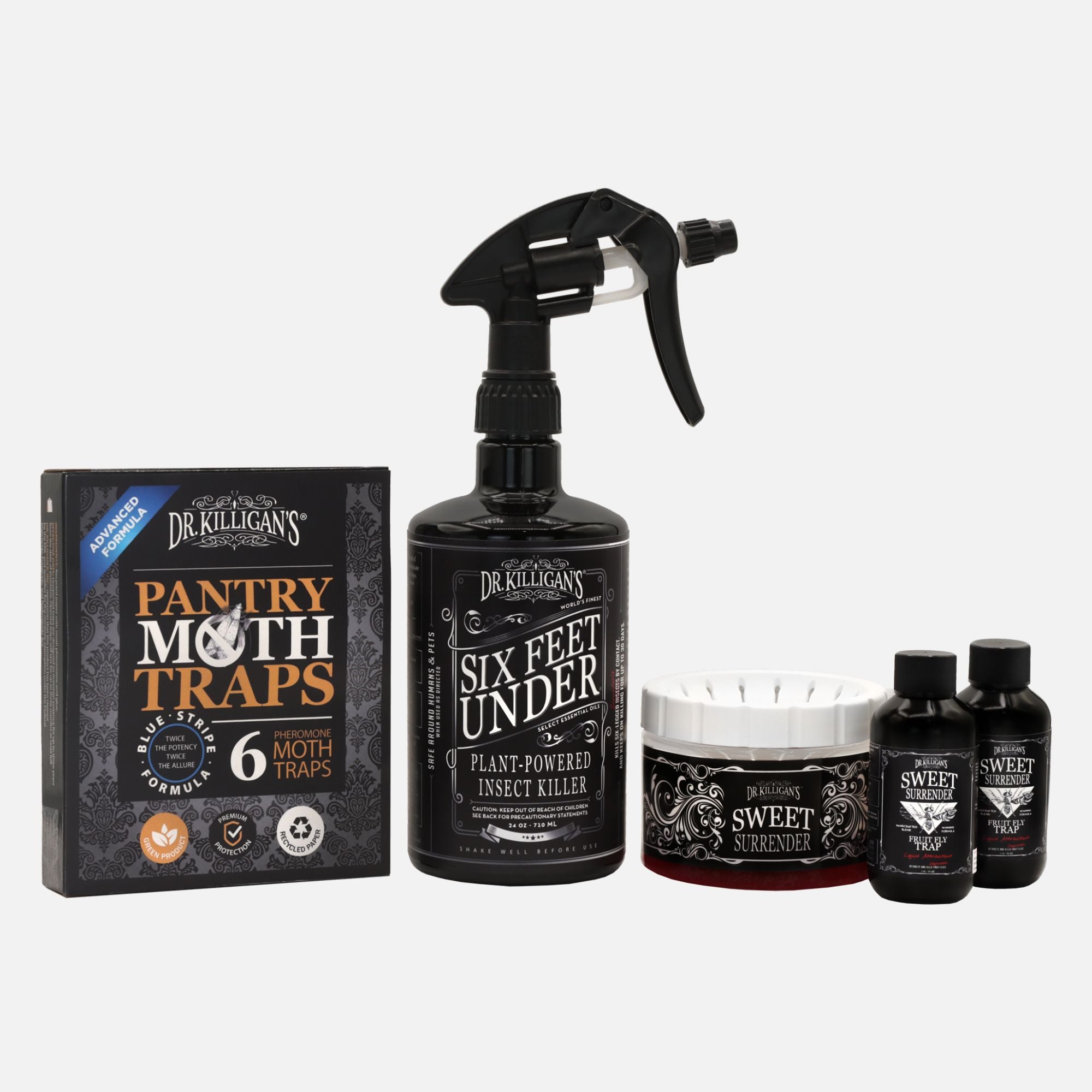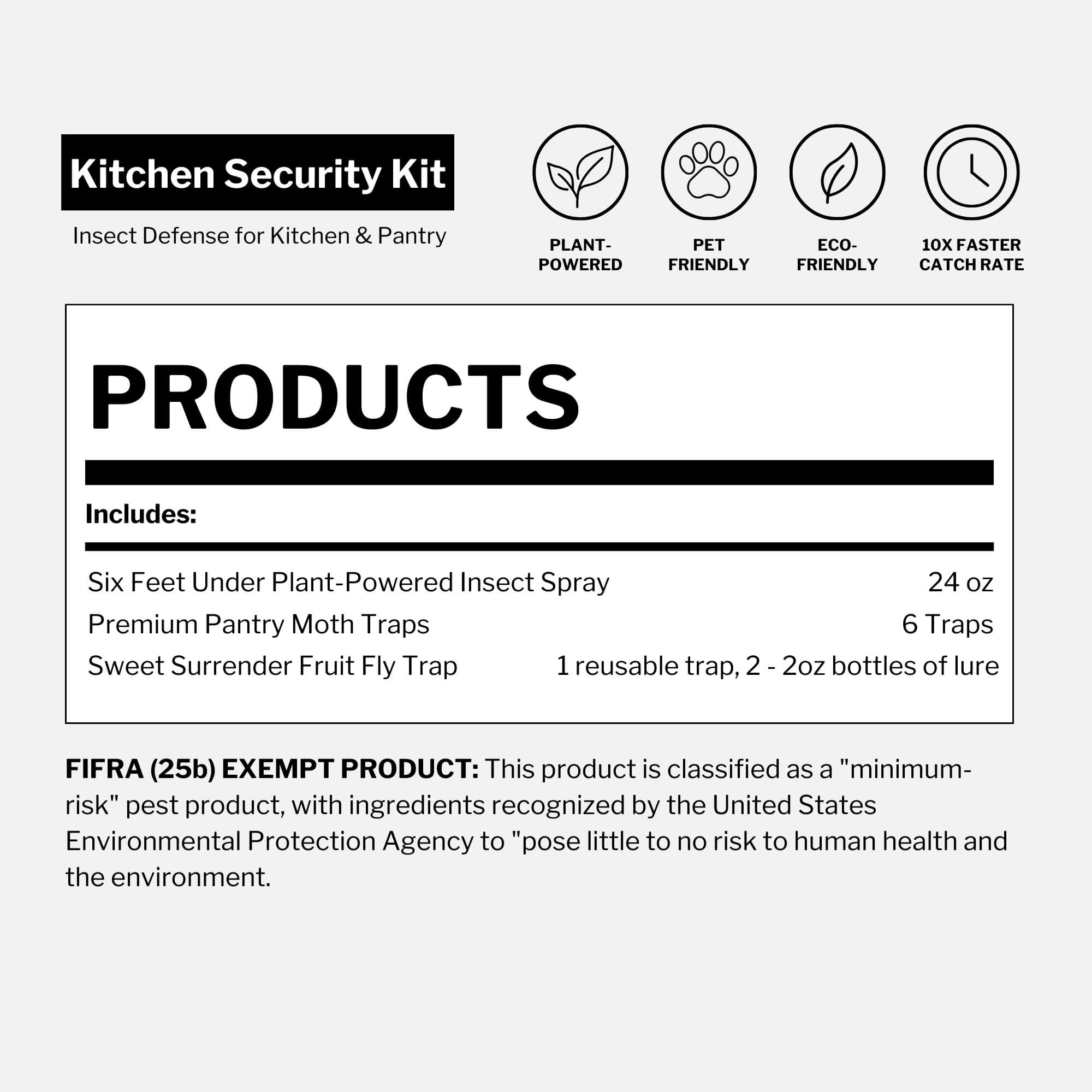When dealing with bed bugs, one of the most pressing questions homeowners ask is: "How long can bed bugs survive without a host?" Bed bugs rely on blood meals for survival, and understanding their survival capabilities without a food source is critical for effective pest control.
How long can bed bugs survive without a host?
Bed bugs are notorious for their ability to survive extended periods without feeding. Here are the key factors that influence their lifespan:
1. Life stage
Young bed bugs (nymphs): Nymphs are less resilient and can die within several weeks without a host. They require blood meals to molt through five developmental stages (instars) and grow. Without blood, nymphs cannot survive or reach adulthood.
Adult bed bugs: Resilient survivors, adult bed bugs can endure for several months without a meal when conditions are right. Laboratory studies reveal lifespans ranging from 99 to 300 days under controlled conditions at room temperatures above 70°F, with an average of up to 10 months. Regular blood meals are crucial for reproduction, especially for females to lay eggs.
2. Environmental conditions

Temperature: Bed bugs thrive in moderate temperatures, typically between 65°F and 85°F. Extreme temperatures significantly impact their survival:
- Below 25°F: Bed bugs cannot survive for more than three weeks if temperatures remain consistently this low.
- Above 113°F: Bed bugs will die after 90 minutes of constant exposure. At 118°F, they die within 20 minutes, but eggs require 90 minutes at this temperature for full elimination.
Humidity: In low-humidity environments, bed bugs lose moisture more rapidly, shortening their lifespan. On the other hand, high-humidity conditions can help them conserve water, allowing them to persist longer, even without frequent blood meals.
Dehydration: Bed bugs cannot absorb moisture from their surroundings and rely exclusively on blood meals for hydration. Without a host, they succumb to dehydration faster than starvation, often dying within 70 days at room temperature due to water loss.
Did you know? Consistent feeding is essential for bed bugs to stay hydrated, as they depend entirely on blood meals for survival.
3. Presence of alternative hosts
Bed bugs are not exclusive to humans. They can also feed on other warm-blooded animals, such as pets, rodents and birds. The availability of alternative hosts ensures they have access to blood meals, allowing them to sustain themselves for extended periods.
Recap: How long can bed bugs survive without a host?
- Adult bed bugs: In nature, adult bed bugs can survive for 70 to 300 days under ideal conditions, such as warm temperatures (above 70°F) and adequate humidity. However, fluctuating environmental factors often shorten their lifespan.
- Young bed bugs (nymphs): Nymphs are less resilient and typically perish within a few weeks without a host.
- Extreme conditions: Low humidity and severe temperatures significantly reduce their survival, often to just weeks.
- Alternative hosts: The presence of other warm-blooded animals—like pets or rodents—can extend their survival in vacant properties.
The hidden resilience of bed bugs: Why they outlast starvation
Bed bugs are remarkably adaptable and have evolved survival mechanisms that allow them to persist even in seemingly inhospitable conditions.
Hibernation in hiding spots: Bed bugs enter a state of semi-hibernation to conserve energy, seeking refuge in cracks and crevices. By clustering tightly, they create microhabitats with favorable temperature and humidity levels.
While older studies from the 1930s and 1940s suggested that bed bugs could survive over a year without feeding, modern research has debunked this. Today’s bed bugs typically survive only a few months without a host, depending on environmental conditions—as noted above.
Did you know? Bed bugs’ ability to semi-hibernate allows them to survive longer in challenging environments, but even this behavior cannot overcome the critical need for blood meals.

Adaptation to environmental changes: These pests tolerate a wide range of temperatures. Unless the property remains at extreme temperatures for extended periods—as aforementioned—bed bugs can persist for months.
Utilization of alternative hosts: When deprived of human hosts, bed bugs demonstrate remarkable adaptability by feeding on pets, rodents or birds. This opportunistic behavior showcases their resilience in finding alternate food sources to outlast challenging conditions.
These factors highlight why traditional methods often fail, like vacating a property in hopes of starving them out. Instead, effective bed bug control requires targeted extermination strategies that account for their resilience and behavior.
Where do bed bugs hide in an empty house?
Even in an empty house, bed bugs find plenty of hiding spots. Here’s where to look:
- Furniture: If any furniture remains—such as beds, sofas or chairs—bed bugs will likely be in seams, crevices or upholstery.
- Cracks and crevices: Bed bugs can burrow into gaps in walls, baseboards and molding.
- Electrical outlets and switches: These hidden areas provide dark, protected environments for bed bugs to lay eggs and hide.
- Floorboards: Loose or cracked hardwood flooring is a common hiding spot.
- Storage boxes: Cardboard boxes, particularly those containing fabric items, can harbor bed bugs.
Effective ways to get rid of bed bugs in an empty house
Before beginning the removal process, it’s essential to know what to look for during your inspection:
What do bed bugs look like?

- Fecal spots: Small black or dark-brown specks resembling ink dots, often near hiding areas.
- Adult bed bugs: Reddish-brown, oval-shaped and about the size of an apple seed (4–5 mm long). They become more swollen and redder after feeding.
- Nymphs: Smaller and translucent or pale yellow, making them harder to spot without close inspection.
- Eggs: Tiny (about 1 mm long), white and oval-shaped, often found in clusters and sticky to the touch.
- Shed exoskeletons: Light-brown, papery shells left behind as they grow.
Now that you know how to identify the signs of bed bugs, follow these steps to eliminate them effectively:
1. Inspect and identify
Thoroughly inspect the property, focusing on potential hiding spots. Use a flashlight and magnifying glass to spot signs and determine the extent of the infestation.
2. Set up traps and monitors
Use professional-grade bed bug traps or monitors to lure and capture bed bugs. These devices mimic a host by using heat, carbon dioxide or adhesive surfaces to attract bed bugs. Some traps are placed under furniture legs, while others are standalone units designed for broader monitoring, helping confirm the presence and activity level of bed bugs on the property.
3. Apply heat treatments
Heat is one of the most effective methods for killing bed bugs. Professionals can use specialized equipment to raise the temperature of the home to 118°F to 140°F and maintain it for at least 90 minutes to ensure complete extermination.
4. Use Six Feet Under and Dust to Dust for targeted control

Combat bed bugs with Dr. Killigan’s Six Feet Under Insect Spray, a plant-powered, non-toxic solution that kills on contact. Many bed bug populations have developed resistance to traditional pyrethroid insecticides, reducing their effectiveness. Six Feet Under bypasses these challenges by offering a mechanical-kill alternative that remains effective against resistant bed bug populations. Use it to target visible bed bugs in hiding spots.
For residual protection, apply Dust to Dust Insect Powder to areas where bed bugs may be present, including mattresses, upholstery and carpeting. This plant-powered dust remains effective as long as it is present, continuing to kill bed bugs over time. When cleaning up, vacuum the treated areas with a vacuum equipped with a HEPA filter to safely remove the dust and any remaining pests.
Note: Six Feet Under and Dust to Dust are essential tools for eliminating bed bugs, but they should be used alongside a comprehensive plan that tackles the issue from multiple angles.
5. Vacuum and steam
Vacuum carpets, floors and furniture to remove live bugs and eggs. Follow up with a high-temperature steam cleaner to penetrate deep into hiding spots.
6. Seal entry points
Repair cracks, seal gaps and replace damaged baseboards or molding to prevent bed bugs from finding new hiding spots.
Preventing future infestations
To keep bed bugs from returning, focus on these preventive measures:

- Protective covers: Use encasements for mattresses and box springs to block common hiding spots.
- Declutter strategically: Reduce clutter in sleeping and resting areas to limit potential hiding places.
Did you know? Bed bugs are most active between midnight and 5:00 am, feeding while humans are in their deepest sleep. This nocturnal habit helps them stay hidden and undetected for long periods.
Conclusion
Knowing how long bed bugs can survive without a host is crucial for planning effective pest control measures. While bed bugs can endure for months without feeding, relying on starvation to eliminate them is an unreliable solution. Understanding their resilience and behavior, along with proactive treatments and preventive measures, can help you reclaim your property and enjoy peace of mind.
Take the first step toward a bed-bug-free home today.




